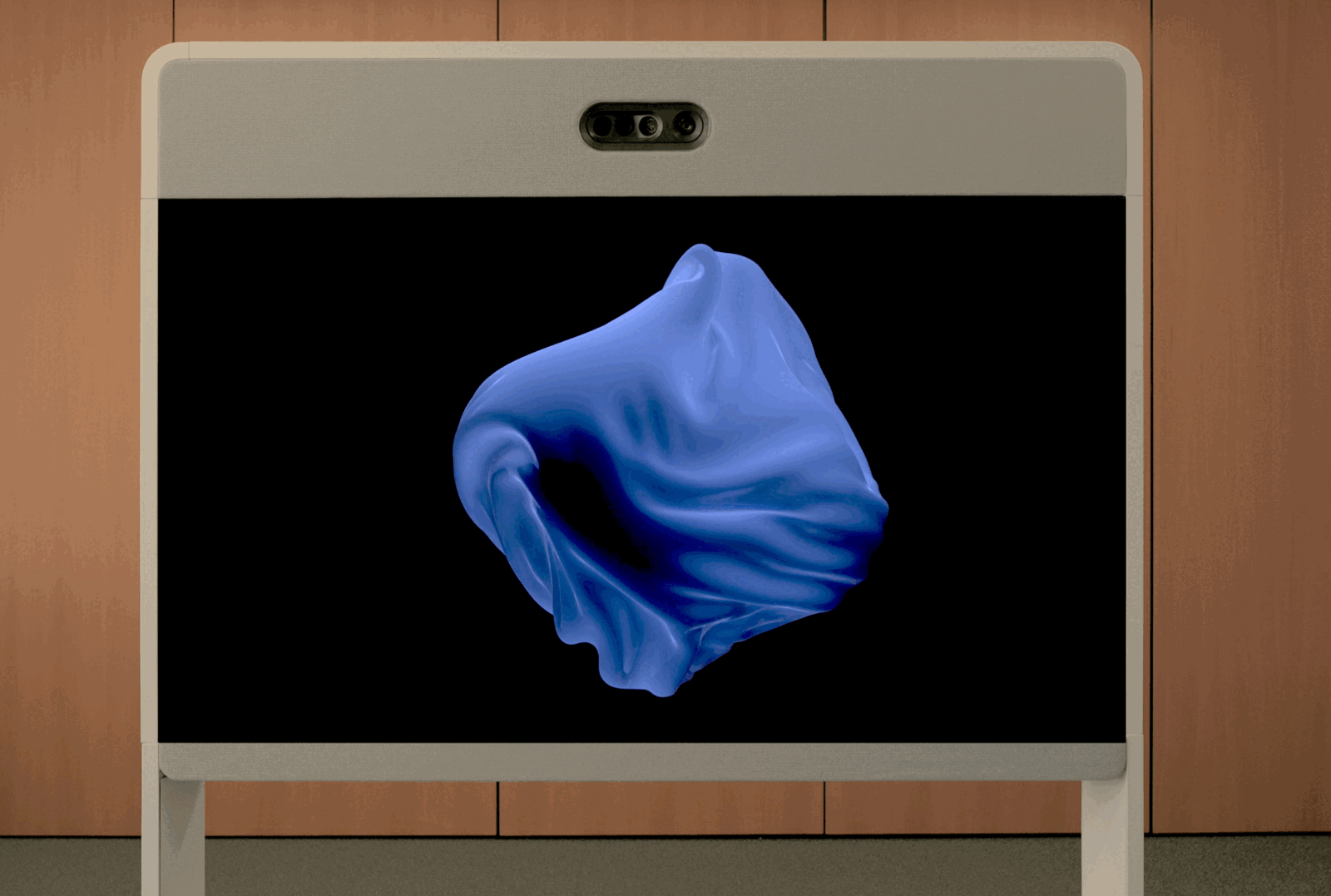CONTACT ZONES
May 17–July 28, 2024
Schaumainkai 17
60594 Frankfurt am Main
Germany
Hours: Tuesday–Sunday 10am–6pm,
Wednesday 10am–8pm
T +49 69 21231286
info.angewandte-kunst@stadt-frankfurt.de
CONTACT ZONES—Pamela Breda, Victoria Keddie, Sajan Mani is the second collaboration between the Max Planck Institute for Empirical Aesthetics and the Museum Angewandte Kunst. The initiative for this joint exhibition was provided by INHABIT, the Institute’s artist-in-residence program, which invites two guest artists from different artistic disciplines every year to spend four months pursuing their work in dialogue and exchange with scientists.
This exhibition for the second iteration of INHABIT, which features artists Pamela Breda, Victoria Keddie and Sajan Mani, presents the artistic works they created during their residencies, in the milieu of a scientific research institute.
As a format without stipulations regarding content, concept, use of media, and subject matter, every residence edition is defined by the themes proposed by the guest artists. For an institute dedicated to the exploration of aesthetics, the perspective of artists who approach the institute and the areas of research with curiosity and present diverse subjects and projects is of great importance. As an expression of the different approaches to the world of science, the artworks are not least defined by encounters, dialogues, and cooperation.
The title CONTACT ZONES refers to the approach to a different culture of knowledge and the challenge of forging a dialogue between the artistic and the scientific field and formulating a common language as well as connecting factors. In cultural studies, the term describes social spheres in which cultures come up against each other, collide, and struggle. In the context of the residence program, however, it refers to the sphere of interaction between art and science.
In her film Marked by Intensity, Pamela Breda sketches a future scenario in which advanced artificial intelligence blurs the boundaries between human and machine actors and poetically introduces us to the challenges of human relationships and interactions with AI systems. It’s a scenario in which AI is a new species and separate entity alongside plants, animals, and humans, and where the question of coexistence in this structure has yet to be negotiated. The film prompts the question of the necessity for a “human in the loop”—a human presence capable of comprehending, monitoring, and guiding AI processes. It thereby underscores the importance of philosophical, ethical, and artistic guidance when it comes to navigating the ongoing and future discourse surrounding AI environments and processes, as they become increasingly integrated into all aspects of social life.
Victoria Keddie focuses on the ongoing transformation of spoken language exploring the auditory and rhythmic nuances of phonetic expression in her multimedia and expansive installation Pshal P’shaw through text, sound, video, data, and customized learning software, inspired by the architectural renderings of German painter and architectural theorist Hermann Finsterlin. Delving into the sonic landscape of 8 diphthongs in US English, recorded with participants from diverse backgrounds, the project explores the primal essence of phonetic expression and its impact on the oral landscape. Introducing software as a discerning partner, the project resonates with the cadence of oral discourse, shaping sonic outcomes and manipulating variables intentionally. This approach offers a unique perspective on phonetics and linguistic evolution, encouraging reflection on the interplay between human expression, technological innovation, and evolving human experiences.
Sajan Mani works along his biography of Dalit history and the colonial history of Kerala creating an alternative narrative that counters the muteness and oppression of his ancestors with a different visibility. Based on photos found in ethnographic collections in Germany, which contain indigenous and Dalit communities from Kerala, Sajan Mani subverts the oppressive structures of colonial racist perspectives and transfers these visual representations onto natural raw rubber sheets—a medium that has a deep connection to the legacy of his family’s labour. Using his mother tongue Malayalam and Dalit protest songs Mani creates an extensive performative installation that forms a temporary archive of resistance. The various works that are present in the exhibition in different forms and mediums all bestow visibility and dignity upon Dalit knowledge and its history.
Director: Matthias Wagner K
Curator: Eike Walkenhorst (Max Planck Institute for Empirical Aesthetics)
Press contact: Natali-Lina Pitzer / T +49 (0)69 212 75339


